 |
|
Posted: 04 Mar 2012 10:54 AM PST
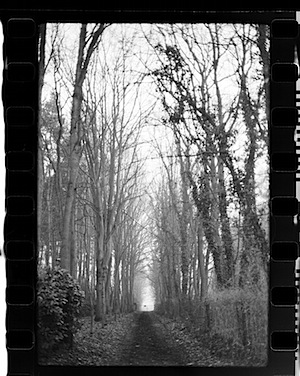 What I learned very quick in my starting activity as a freelance-photographer is that, all work be damned, you have exceedingly little control over your assignment-flow. Sure, you can make a great website/jolly facebookpage/stellar portfolio. But making people to call you now, now now! is rather hard. What I learned very quick in my starting activity as a freelance-photographer is that, all work be damned, you have exceedingly little control over your assignment-flow. Sure, you can make a great website/jolly facebookpage/stellar portfolio. But making people to call you now, now now! is rather hard.As idleness is the devil’s playground, I decided to explore the world of stock-photography. Making great, self-assigned images and then relaxing in a chair while money trickled in: easy as pie! Lately I found myself enthralled by nature photography which of course lend itself even more to the cause. Creating an account, choosing three pictures, sending them in ‘pending for approval’ and away we would go! Or so I thought. ‘Two out of three rejected’ was the very surprising result. Hadn’t I chosen some of my favorite and least controversial creations? Quoted reason: ‘over-processed/over-filtered’. And so it went a second time and a third! iStock, one of the biggest online stock-photography libraries appeared to employ very rigid and arbitrary qualification requirements; requirements that, judging by other examples on the site, appear to show little consistency. Go judge yourself: these were the images I sent in (1, 2, 3, 4). (As a side-note, this image was rejected because it was found to be ‘blurred‘. But… It was meant to be..?) Reading further threw some light on the case: ‘Reason of rejection…may include Photoshop filters & effects (over-sharpening, excessive adjustments to levels, curves, contrast, hues, gaussian blurs, saturation, added textures, noise reduction…) or other manipulations.‘ It seems I had become victim of the raging discussion and insecurity in which we find ourself today more than ever – but not for the first time in the history of the medium - surrounding the ‘truth’ of photos. All is not quiet on the western front as a new scandal had been making the rounds in a number of photo-blogs and news sources. A photographer had been ‘caught’, compositing a number of bird-images. This had introduced the poor man without recourse in a long list of creative types with such illustrious predecessor as Josef Stalin himself. The debate is an old one. New however is the ease – though, I can assure you, editing away objects in Photoshop in a clean way is far from easy – and the extend in which manipulation can be done today. Magic Wand-ing, cloning and gaussian blur are now part even of the vocabularies of a growing number of retirees with too much spare time and an interest in photography. The expectation that a beautiful images ‘has to be manipulated’ is so ingrained that we don’t even pause to question our own paranoia. But, rather than bothering ourselves with the question if an image is 100% ‘true’ – something that, in my own opinion will never be – we should ask ourselves if adaptations (not ‘manipulation’) are reasonable; if they add or remove something essential to the image. Erasing some zits from a model’s face is perfectly reasonable. Making eyes a little brighter can be legitimate. Blowing up boobs, lengthening legs and shrinking waists is not. Ethics surrounding photo-manipulation is never so simple as a yes or no question and is not even a ‘thin line’; it is a mine-field in a no man’s land. That careers can be scuttled be being ‘caught’ doing so is sad, in particular because in the trench war between ‘digital compositors’ and photo-purists, there appears to be little willingness to come to a middle ground. The image at the top of the page is a scan of a photo made on a roll of 400 iso Ilford HP5+ film, shot in a Canon AE1 with a Vivitar 28mm 2.8 lens. Analogue photography is, globally speaking (and totally ungrounded) free from suspicion – and is therefore usually far less criticized on imperfections than what we came to expect from, nevertheless untouchable, digital files. It’s just… it was a misty morning but it was not totally black and white. If I’m not colorblind, is using black and white film than photo manipulation? And if my camera does not show what my eyes see but I manage to reproduce in post the image that was projected on my retina, what, I ask of you, is that?* Your opinion is appreciated as I can’t solve this one alone. *(For your interest, the photos I sent to iStock weren’t manipulated heavily. Advanced camera’s make RAW files that need to be corrected in post for color, sharpness, brightness etc. Usually, I limit myself to these adaptations; not only because I find myself on this side of the line but also because I lack the skills to do otherwise.) 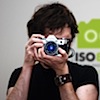 Jonathan Debeer is a Belgian freelance photographer. While mostly active with companion Christophe De Mulder in iso800, their expanding brainchild, you can also find him on his blog or on flickr. Jonathan Debeer is a Belgian freelance photographer. While mostly active with companion Christophe De Mulder in iso800, their expanding brainchild, you can also find him on his blog or on flickr.Post originally from: Digital Photography Tips. Check out our more Photography Tips at Photography Tips for Beginners, Portrait Photography Tips and Wedding Photography Tips. How Photoshop Makes us all Paranoid |
|
Posted: 04 Mar 2012 10:44 AM PST
A Guest post by Judd Green
You either are a portrait photographer or landscape photographer and you come across the perfect moment, everything falls into place, every aspect and variable in the equation right at this moment equals awesomeness! Now what? Fire at will captain! Take no prisoners! I once fell into this temptation in a situation where I thought it was too good to be true, and then loaded all the files later to find a heap of average shots. I fell into temptation of letting my subject/scenery take over and I just took the photo, I didn't create it, I stopped thinking, never stop thinking. 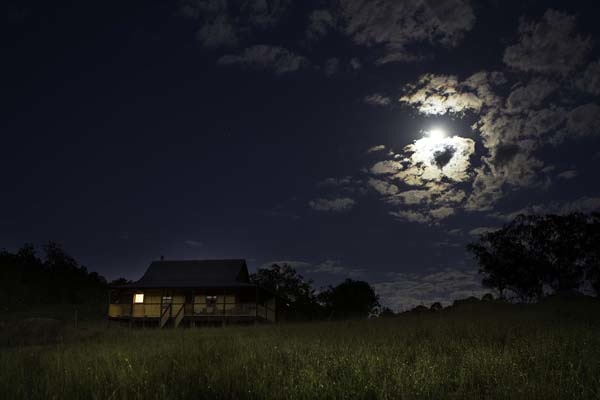 PlanningPlanning, what is the end result you are after? What steps are required in getting to that end result? If you're doing coastal landscapes, do you want long exposures giving the photo a mystical feel to it? Or maybe a 2 or 3 second exposure to give real motion to the water and waves? With portraits, do you want a tight shot? Do you want great bokeh? Planning helps you stay relaxed therefore your subject stays relaxed.I recently packed up and drove for 3 days in search of good country landscapes. I knew what I wanted, simple uncluttered photos that would look great blown up. I knew whatever I came across wasn't going to deter me again, I needed simplicity yet depth, I needed to think about my composition, depth of field and ISO. So when the right moment came and all the components in the shot came together, I was ready. 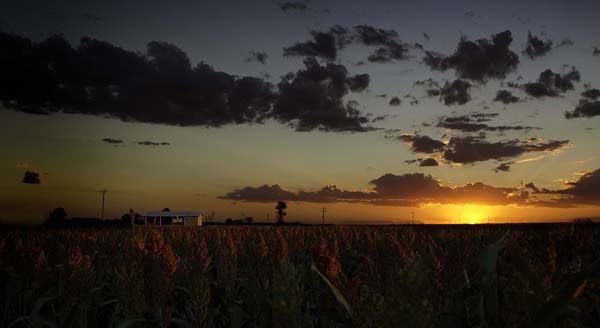 KnowledgeKnowing details of weather to knowing details of your subject. When I went out west for my country landscape shots, I really wanted some night time landscapes involving stars and star trails. I didn't check the weather and found it to be cloudy most the night, when there was a break in the clouds I found it to be a full moon which over powered the stars. The white fluffy clouds were great during the day but still, homework is always key.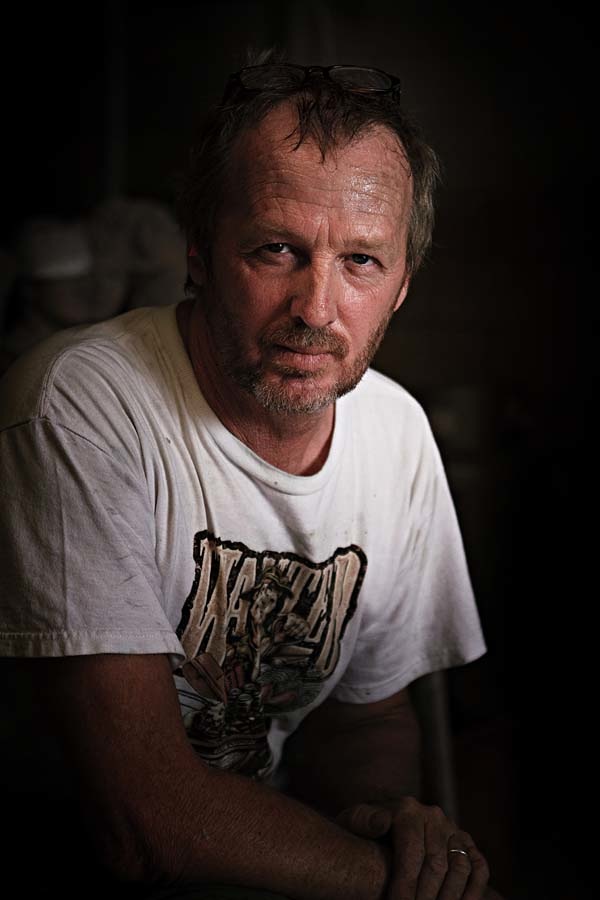 With portraits, knowing your subject, knowing their story and getting it to come through the end result. If you don't know them already, talk with them for a minute, find out what makes them tick. When I did a portrait of a bronze sculpture artist, I met him at his work. Glad to say I got in and got out as quickly as possible, it was stinking hot in the foundry. So planning and knowledge was definitely needed! But I wanted the heat and sweat to come through in the end result as it's all apart of what he does, it's apart of his story. The heat, the low light, it all worked together to allow me to create the portrait of who his is. 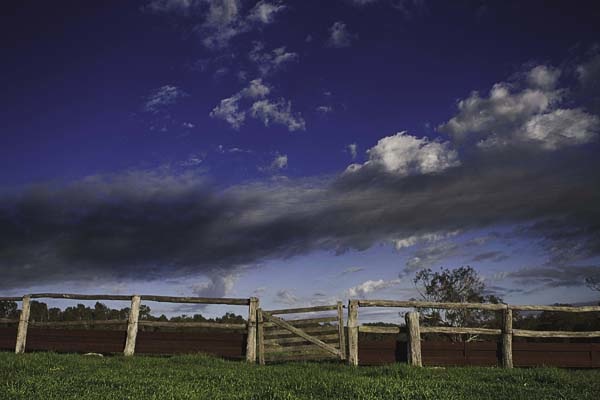 Always be the one in control of your photos, there will be times when you come across the most scenic places in the world, but never let it dictate the end result you're after. Never stop thinking. Judd Green is a Photographer from Brisbane Australia. See more of his work at www.juddricphotography.com Post originally from: Digital Photography Tips. Check out our more Photography Tips at Photography Tips for Beginners, Portrait Photography Tips and Wedding Photography Tips. Knowing how to Create a Photo and Not just Take One |
Tags:
Photo Editing





0 comments:
Post a Comment